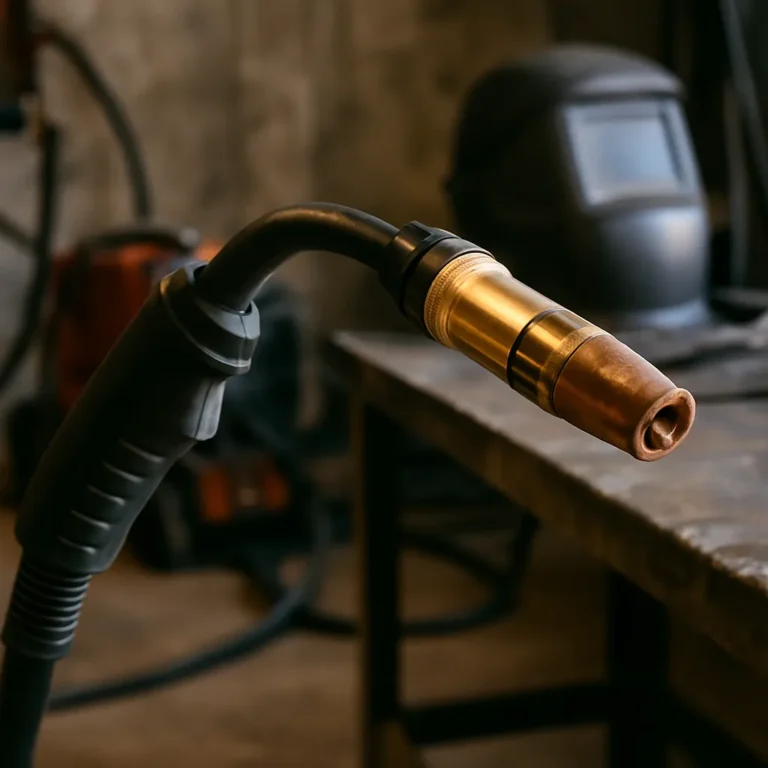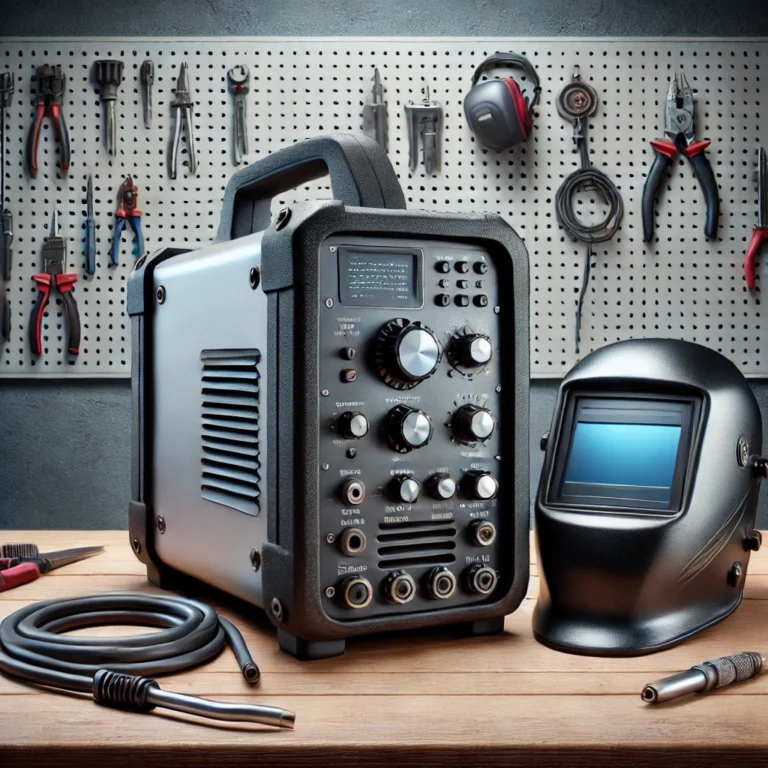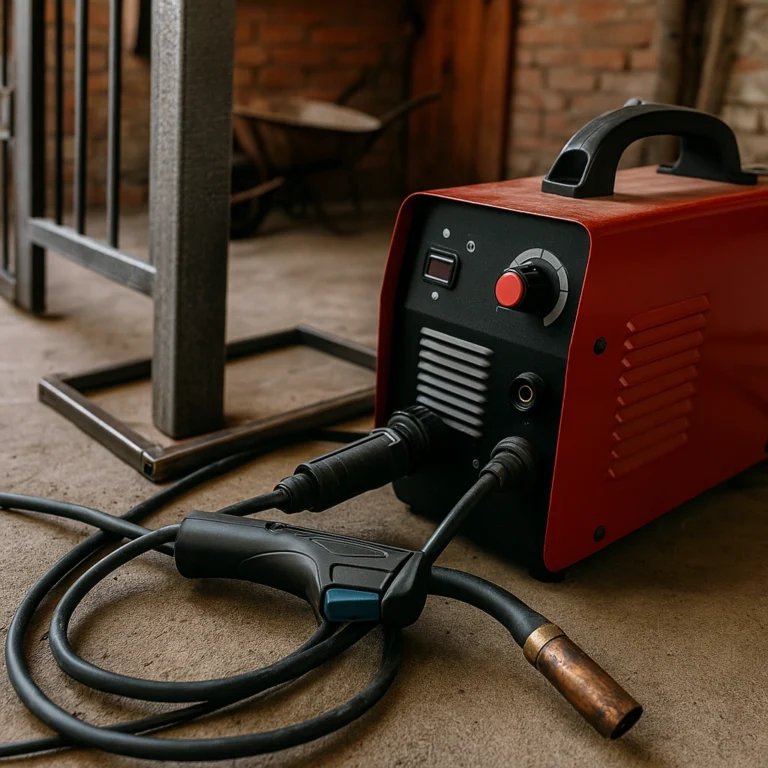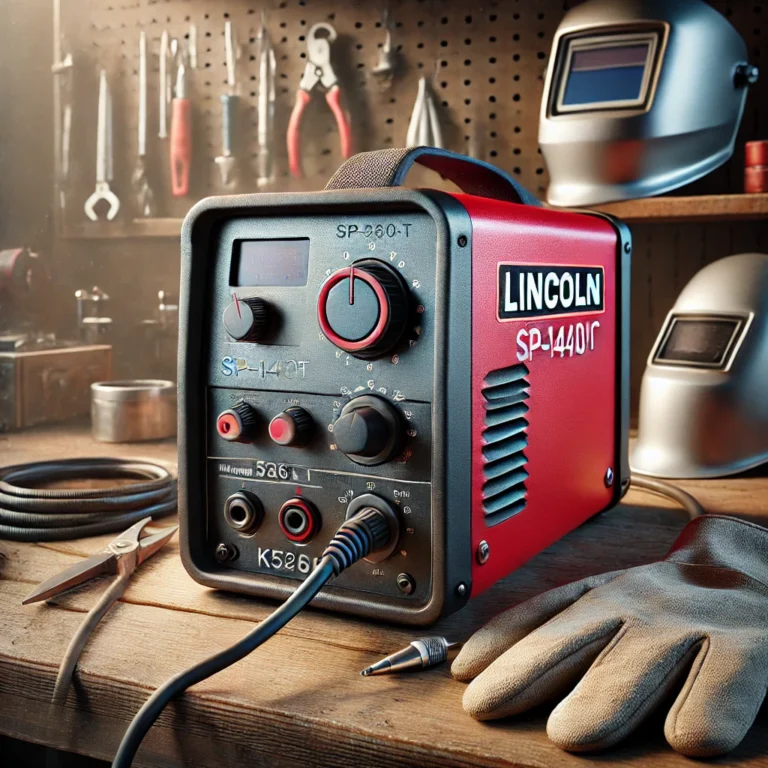Best Professional MIG Welder: Top Machines for Serious Metalwork
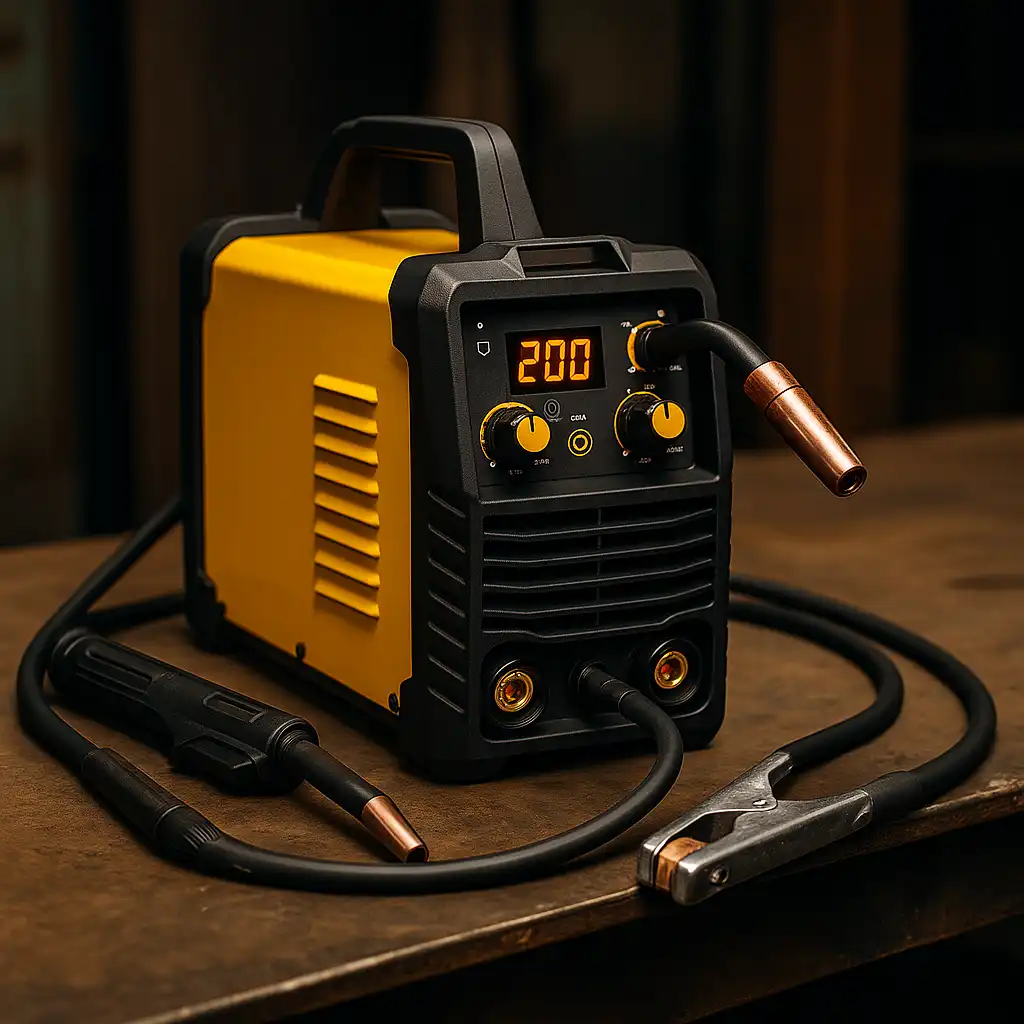
When you’re working on real-world welding jobs—whether that’s fabrication, repair work, or light structural welding—you need a MIG machine that delivers solid performance, arc stability, and durability. Not every welder is built for daily shop use, but the right one can make a huge difference in both workflow and results.
Below are three welders who consistently show up in discussions among professionals and skilled hobbyists alike.
ESAB Rogue EM 140 Review
The ESAB Rogue EM 140 offers reliable power in a portable package. It runs on 120V and provides up to 140 amps of output, making it a solid choice for light fabrication, general repairs, and auto body work.
Based on welder feedback, this model is known for smooth arc starts and steady performance. It handles mild steel and thin-gauge metal with minimal spatter, so post-weld cleanup is quick. Its lightweight frame and compact design make it easy to carry to job sites or move around a busy garage.
If you’re looking for a dependable machine that runs on standard household power, the EM 140 checks a lot of boxes.
Weldpro 200A TIG Welder Review
While not strictly a MIG machine, the Weldpro 200A TIG welder earns attention thanks to its pro-level versatility. This dual-voltage unit supports TIG, stick, and MMA welding. It comes with a CK17 Superflex torch—something usually reserved for higher-end machines.
User reviews highlight its performance on aluminum and stainless projects, especially with pulse control enabled. The Weldpro is ideal for professionals who frequently switch between welding processes but still want a single, compact machine they can trust.
It’s not built for MIG wire feed, but for shops doing TIG-heavy work with occasional stick jobs, this machine delivers excellent value and output.
ESAB Rogue EM 210 PRO Review
If you’re after a true professional MIG machine, the ESAB Rogue EM 210 PRO fits the bill. It supports both 120V and 230V input and delivers up to 210 amps—plenty for welding thicker steel or handling longer runs without overheating.
According to buyers and welding pros, the wire feed system is precise, and the arc remains stable across various materials and wire types. It’s compatible with both solid and flux-core wire, making it versatile enough for multiple welding environments.
Its rugged frame and intuitive controls make it a favorite in fabrication shops, especially where performance and reliability are non-negotiable.
Check Price & Availability
View on Amazon – ESAB EM 140 MIG Welder (120V, 140A Output)
View on Amazon – Weldpro 200A TIG Welder (AC/DC, Pulse, Dual Voltage)
View on Amazon – ESAB EM 210 PRO MIG Welder (Dual Voltage, 210A Output)
Conclusion
Choosing the best professional MIG welder depends on your work style and the kind of jobs you take on. The ESAB Rogue EM 140 is great for light-duty, portable use without sacrificing performance. The Weldpro 200A stands out for its multiprocess versatility and TIG quality. And if you need more power and MIG flexibility, the ESAB Rogue EM 210 PRO delivers professional-grade results for demanding shop tasks.
Each of these machines is backed by real-world experience and solid user feedback—making them strong picks for welders who rely on their gear every day.


